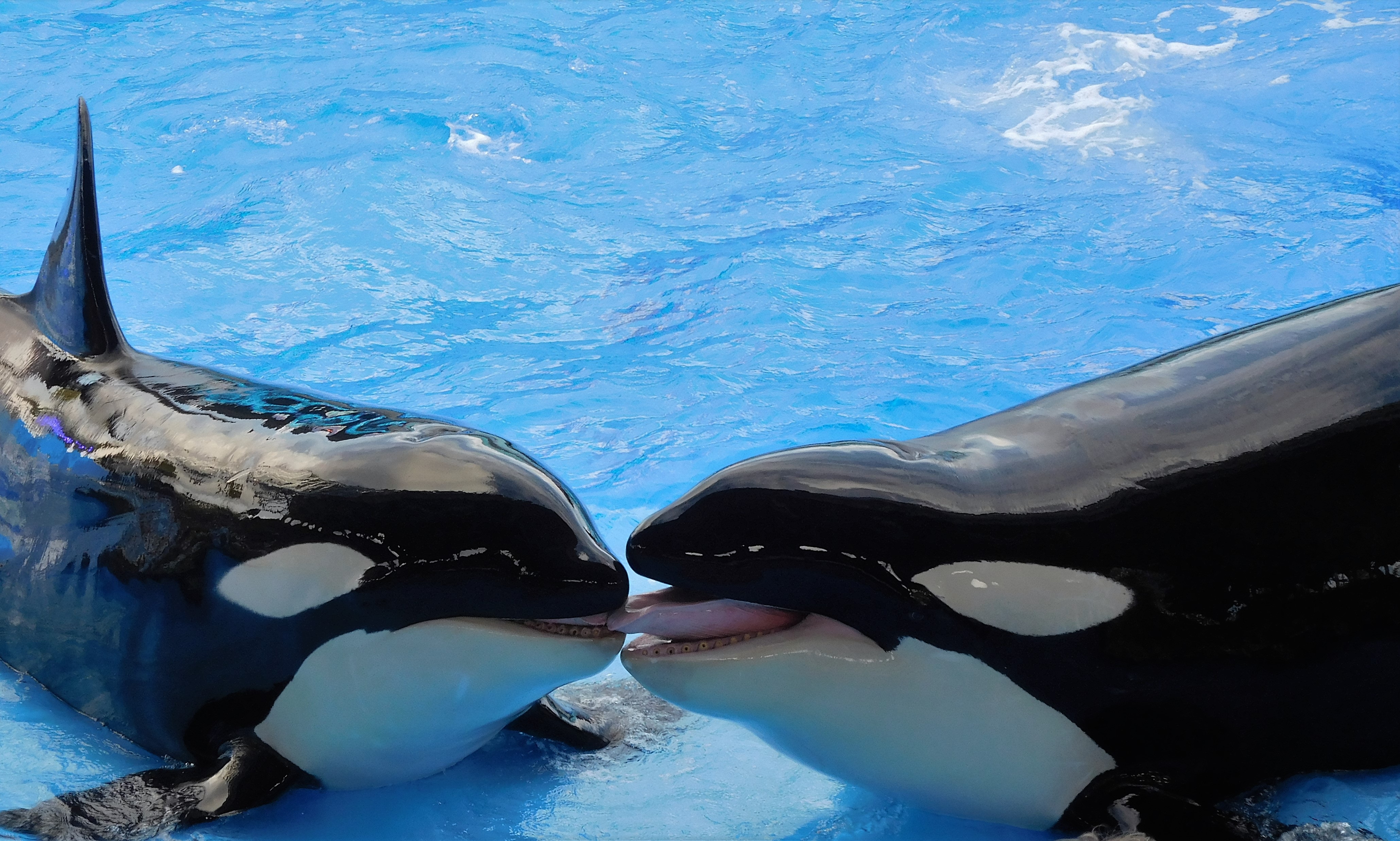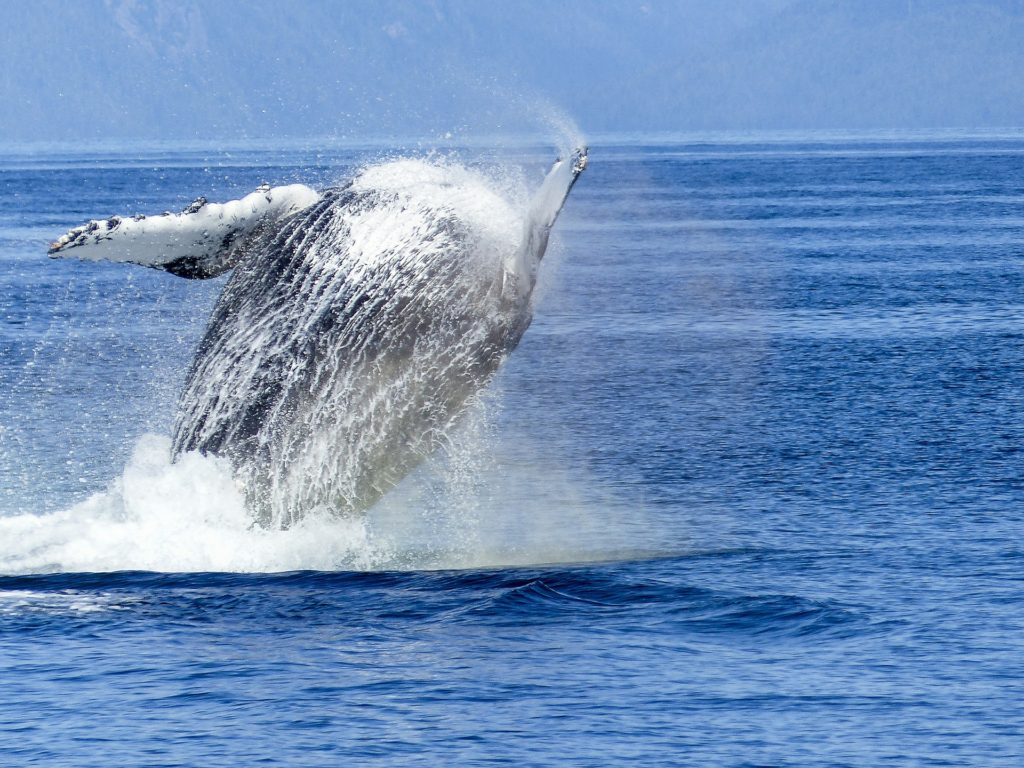Despite the popular opinion that Japan’s dedicated pro-whaling community comes from a background of legendary, barbaric whalers who slaughtered whales without mercy, some reports show that pre-harpoon whalers were actually very considerate for the feelings of these giant creatures. Sociologist Hiroyuki Watanabe’s book titled Japan’s Whaling, takes a broad look at the entirety of the country’s Whaling history. One section in particular covering the early modern period, Watanabe discusses how fishermen have, from then to the modern day, evolved into holding rituals repenting the slaughter of whales.
The section focuses primarily on a book from 1840 by whaler Hoshute Riyu, titled Ogawajima Keigei Gassen (The Battle with the Whales at Ogawajima), which, while depicting whales as the sworn enemies of the fishermen, also implements a Buddhist mindset to lament their deaths.
According to Hoshutei’s account, there existed “a consciousness among the people of the day that it was heartless to kill and make use of whales.” Hoshutei’s book, from the excerpt taken out, shows genuine anguish for killing the whales as being very equal to humans:
“How merciless it is to feel no pity for that resounding cry of pain as they face west to die, then row the carcass in to shore, cut it up in the barn and then immediately boil the meat or grill it before serving it and savoring the taste.”
The fact that Hoshutei describes the whales who “face west to die” is due to the Buddhist principle that the religion’s paradise is located to the west, showcasing a belief that all creatures are equally capable to reach the so-called “best” afterlife.
In some ways the excerpt resembles biblical writings that lament our inability to avoid sin, in an attempt to save ourselves from an unforeseen judgmental deity. The book was written with the intent to donate it to a shrine, Watanabe points out this could be possibly to avoid punishment for their killings. Hoshutei deals with the hypocritical nature of a whale fisherman lamenting his profession by adding that it’s a sad part the cycle of life and death that requires us to take advantage of nature’s resources (whale meat) before they leave us in their short existence.
He also describes the cries of the whales as they are slaughtered as heart-rending.
What followed Hoshutei’s very heartfelt consideration to the whales, we see a downward spiral that lead to the mindset we’ve come to see today that whales are just another fish to be caught and controlled by the Japanese as their own product.
With the implementation of Norwegian style harpoon hunting, whales began being killed much more rapidly. Along with the Meiji Restoration that led to the destruction of many Buddhist temples and its influence on the public, this boost in whale-killing technology led fishermen to conduct memorial services from time to time, such as donating a bell, as a way to honor the whales.
It’s unclear how common it was for someone like Hoshutei to make a beautifully hand-illustrated book detailing how beautiful whales are both before and during their killing. The “bleeding hearts and Western imperialists” who seek to protect the whales are often believed to overly humanize these warm-blooded cetaceans but it seems that the Japanese fishermen of old also felt compassion for the animals, and remorse for killing them. They at least honored the animals by making full use of all the parts.
It’s a far cry from today’s state supported whaling, for meat that no one wants to eat. There are now several tons of it in storage. That shows a lack of respect for the whales and for Japanese taxpayer money wasted on a “tradition” that only hardcore nationalists and people getting kickbacks want to preserve.


Over all it’s a good article, the end however shows the writers ignorance of Japan. The part about no one wanting to eat the meat. It’s popular in many restaurants in Japan and can be bought in a bento. Some schools serve it. The reason the meat is not sold is not due to the popularity of the meat. A little more investigation would probably show it’s due to political reasons more than popularity.
It’s not “popular” but available.